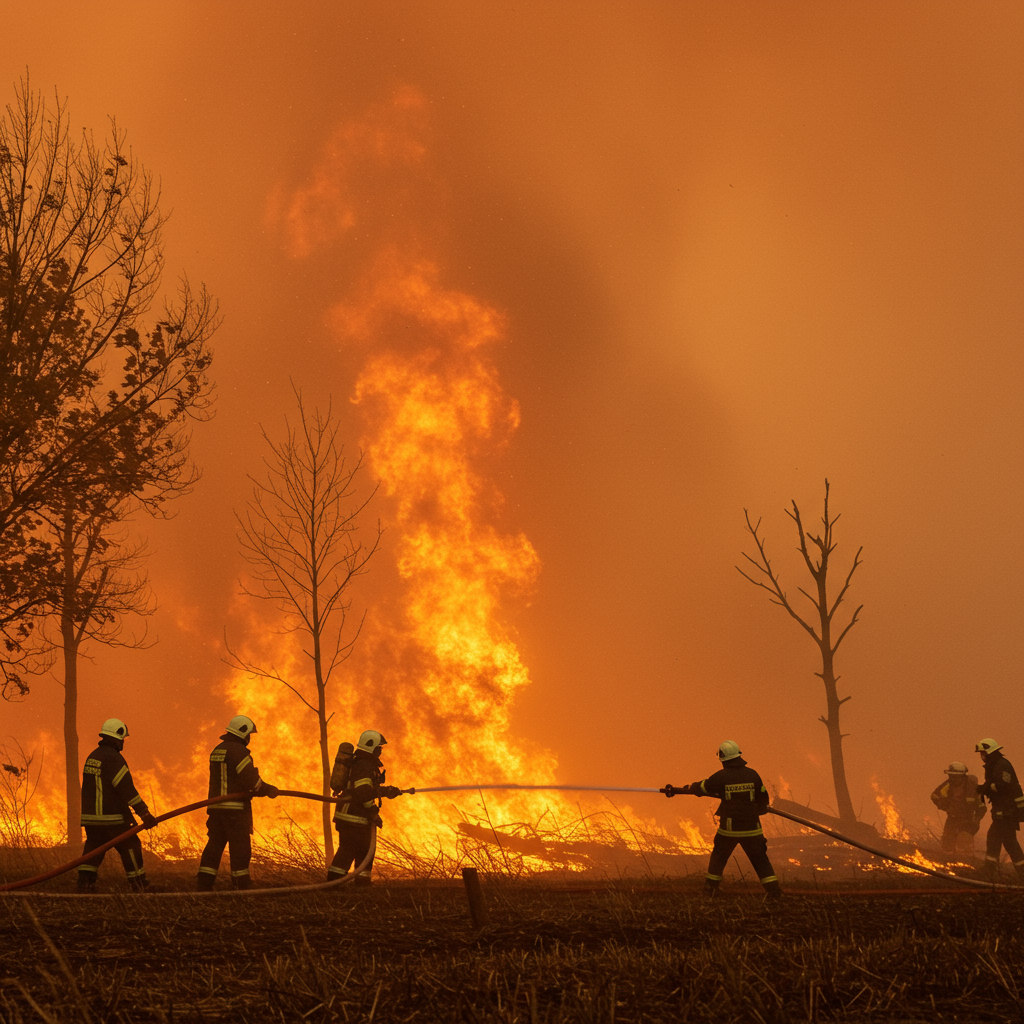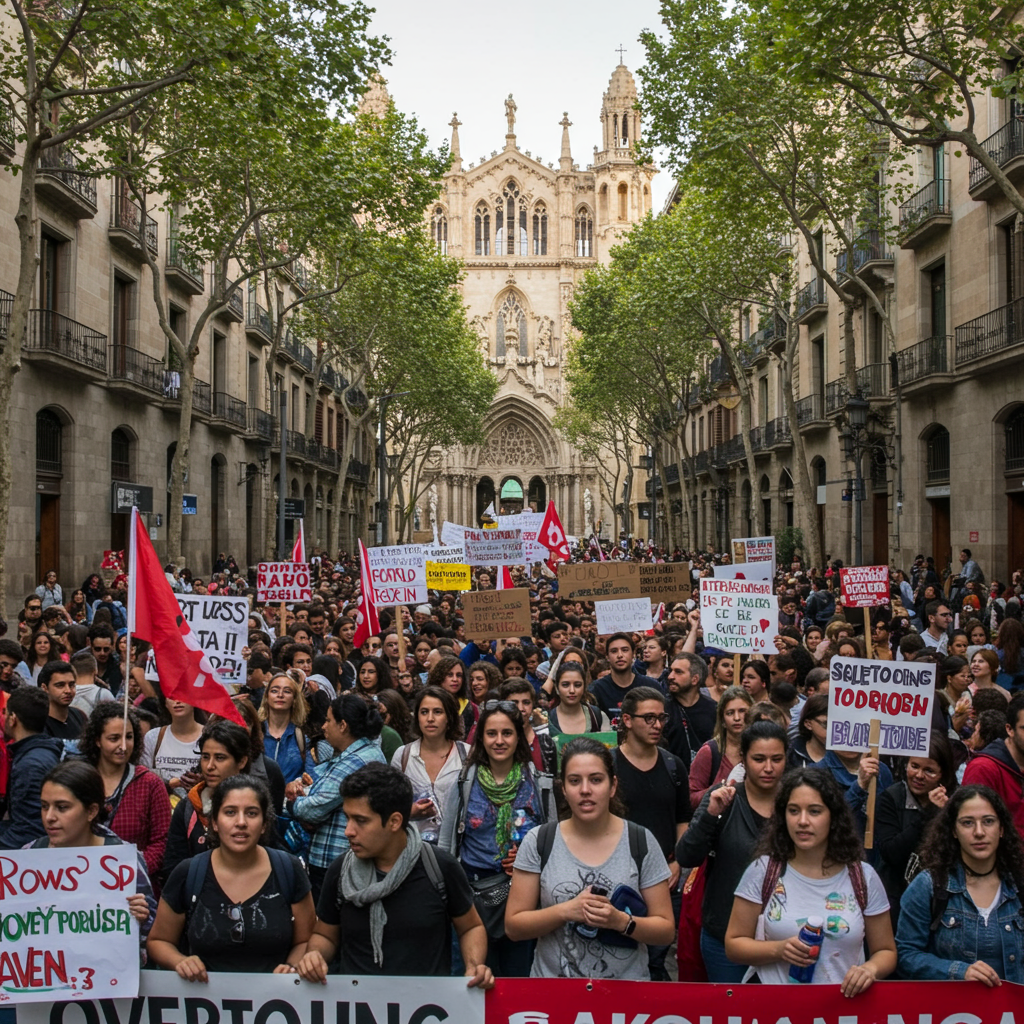The landscape of the Middle East has undergone a dramatic and rapid transformation since the surprise Hamas attack on October 7, 2023. Driven by intense military campaigns against its rivals and a recent direct confrontation with Iran, israel has fundamentally altered the regional power balance. While these actions showcase Israel’s reasserted military dominance, they also highlight the persistent limits of force in resolving deep-seated political conflicts and have significantly impacted Israel’s international standing.
This period, marked by a series of conflicts, began with a stunning blow to Israel’s security perceptions.
The Catalyst: October 7 and Israel’s Decisive Response
The Hamas attack on October 7, 2023, was a brutal shock, resulting in over 1,100 Israeli deaths and hundreds taken hostage. The severity and surprise of the attack prompted an immediate and overwhelming response from Israel. According to expert analysis, Hamas leadership, particularly Yahya Sinwar, the attack’s orchestrator, anticipated and even welcomed this massive Israeli reaction, hoping it would trigger a wider regional war involving Iran’s network of allies. However, the scale and nature of Israel’s subsequent military operations reshaped the region in ways perhaps unintended by Sinwar, who was later killed by Israel in Gaza in October 2024.
Initial support from Hezbollah and the Houthis was limited, failing to ignite the full-scale regional conflagration Hamas sought. Instead, Israel methodically moved to dismantle the capabilities of its adversaries.
Dismantling the “Axis of Resistance”
Iran had spent decades cultivating a network of proxy groups across the Middle East, often referred to as the “axis of resistance.” This network aimed to exert pressure on Israel from multiple fronts. However, recent Israeli actions have dealt significant blows to this alliance.
Devastation in Gaza: War Against Hamas
The ongoing Israeli military campaign in Gaza has inflicted immense damage. It has targeted Hamas leadership and infrastructure, killing an estimated 18,000 fighters, though reports suggest Hamas has recruited similar numbers. The cost in civilian lives has been staggering, with Gaza health authorities reporting over 56,000 Palestinian deaths, predominantly women and children. This has created a severe humanitarian crisis, with basic necessities like food aid remaining critically scarce. Despite military gains, the fighting drags on, fueling concerns of an enduring insurgency.
Neutralizing Hezbollah and Syrian Influence
Parallel offensives have targeted other key Iranian allies. In Lebanon, an offensive against Hezbollah began with a coordinated “exploding pagers” attack in fall 2024 that killed or wounded many members. This campaign significantly diminished Hezbollah’s capabilities and leadership, reportedly including its leader, Hassan Nasrallah, and key associates. This weakening has been linked to the rise of more moderate leadership in Beirut. The impact extended to Syria, where a weakened Hezbollah, combined with Russia’s distraction by the conflict in Ukraine, meant they could no longer effectively prop up the Bashar al-Assad regime. Assad, another regional rival with close ties to Iran, fled in December 2024, with analysts noting that Israel’s actions contributed to the circumstances leading to his fall, despite Israel not being directly involved in his ouster.
These actions against proxies quickly collapsed Iran’s immediate presence around Israel’s borders, granting Israel significantly greater operational freedom in Lebanon, Syria, and Gaza.
Direct Confrontation with Iran
Capitalizing on this perceived advantage, Israel escalated tensions with Iran itself. A 12-day period of intense airstrikes in June 2025 saw the Israeli air force dominate the skies over Iran. These strikes repeatedly hit Iranian nuclear sites and military facilities and resulted in the deaths of many top Iranian leaders.
While Iran’s supreme leader claimed victory, former President Trump publicly countered, stating Iran “got beat to hell.” This conflict underscored a new reality: Israel, strongly backed by the United States, has emerged as the region’s dominant military force. Experts describe the Iranian-aligned camp as “decimated and beaten to smithereens.”
Military Might, Political Limits
Despite significant military successes in reducing immediate security threats, Israel’s actions have not resolved the underlying political issues that fuel regional instability. The Israeli-Palestinian conflict, in particular, seems further from resolution than ever before.
Unresolved Palestinian Issue
The Gaza war put the Palestinian call for statehood squarely back on the regional agenda. The suffering of Palestinians in Gaza, coupled with ongoing Israeli attacks and the severe humanitarian crisis, has maintained international focus on the issue, even amid the Israel-Iran conflict. A political solution appears increasingly elusive.
Damaged International Standing
The high number of Palestinian civilian casualties and the devastating humanitarian situation in Gaza have severely damaged Israel’s international reputation. This has manifested in widespread political protests globally, calls for sanctions, and a high-profile genocide case filed against Israel at the International Court of Justice (ICJ) in The Hague. What some initially viewed as a rhetorical legal exercise has become a “very serious case indeed.”
Derailed Arab Normalization
Before the Gaza war, Israel was making significant strides towards normalizing relations with Arab countries, with the U.S. pushing for a major breakthrough with Saudi Arabia. However, Saudi Arabia has paused these efforts, insisting that progress toward a political deal with the Palestinians is a necessary precondition for normalization. This confirms that Israel’s full integration into the region depends on addressing the Palestinian issue.
The Role of Key Players
The regional reshaping involves shifting dynamics among several major actors.
The Unwavering US-Israel Alliance
The United States remains Israel’s crucial ally. Despite occasional public friction, such as a disagreement regarding the Iran ceasefire timing, the alliance’s strength was evident in U.S. support during the conflict with Iran, including U.S. airstrikes targeting Iran’s nuclear program. Former President Trump has been particularly vocal in his support for Prime Minister Netanyahu and Israel’s recent actions.
Netanyahu’s Comeback and Israel’s New Stance
Following the October 7 attack, Prime Minister Netanyahu’s political future appeared uncertain. However, in the wake of Israel’s military campaigns and the confrontation with Iran, he has seen a political resurgence. Israel under his leadership has adopted a confident and assertive stance, seemingly intent on settling its security issues around the region definitively. Some analysts characterize this post-October 7 approach as “unrestrained” and driven by a “quest for hegemony,” reflecting a view that Israel must perpetually “live by the sword.”
Trump’s Potential Impact on the Horizon
The potential return of Donald Trump to the U.S. presidency adds another layer of complexity to the evolving Middle East. The region he would return to is already vastly different. While Palestinians recognize Trump’s staunch support for Israel, his unpredictable nature and perceived influence over Israeli leaders could introduce new dynamics. His administration might seek to revive a version of the “deal of the century,” which previously proposed a biased settlement favoring Israel and offering Palestinians a non-sovereign entity in exchange for economic benefits.
The current political fragmentation and weakness of Palestinian groups, both Hamas and the Palestinian Authority, could make them vulnerable to pressure to accept such unfavorable terms. Regional Arab governments might also push Palestinians towards acceptance in pursuit of their own concessions from the U.S. However, this approach could also strain domestic unity within Israel and its relationships with allies abroad. The most likely immediate outcome for Palestinians is described as “no war, no peace,” characterized by repression and settlement expansion, demanding a shift in their struggle towards equality and rights within an “apartheid-like one-state reality.” A true two-state solution, widely supported internationally, may require significant U.S. pressure to counter extreme elements within Israeli leadership.
The Uncertain Future Landscape
The Middle East stands at a critical juncture. Israel’s recent military successes have profoundly altered the regional power dynamics, significantly weakening key adversaries like Iran’s proxies and indirectly contributing to the collapse of the Syrian regime.
However, the limits of military force are starkly evident. The failure to address political grievances, particularly the Palestinian issue, coupled with the devastating humanitarian consequences of the Gaza war and the resulting damage to Israel’s international standing, pose significant challenges. The future remains uncertain: it could see a new era dominated by Israeli military power, or if these deeper issues are not resolved, it may revert to a stalemate even more dangerous than before. The path forward will depend on evolving factors, including Iran’s strategic response, the actions of a future U.S. administration, and the internal dynamics within Israel and among Palestinian factions.
Frequently Asked Questions
How did Israel’s recent military actions weaken Iran’s regional allies?
Following the October 7, 2023, Hamas attack, Israel launched extensive military campaigns against Hamas in Gaza and Hezbollah in Lebanon. These offensives significantly degraded the groups’ military capabilities and leadership structures. Additionally, the weakening of Hezbollah and the distraction of its ally Russia contributed to the fall of the Syrian regime in December 2024, removing another Iranian partner. A direct conflict with Iran in June 2025 further targeted Iranian military sites and leaders, collectively weakening the “axis of resistance.”
What are the main political and humanitarian challenges Israel faces after its military successes?
Despite military gains, Israel faces significant challenges. Politically, the core Israeli-Palestinian conflict remains unresolved, with statehood prospects seemingly further away. The war in Gaza created a severe humanitarian crisis with massive Palestinian casualties, which has severely damaged Israel’s international standing, leading to widespread protests and the serious ICJ genocide case. The conflict also paused efforts for Arab normalization with countries like Saudi Arabia, who now link progress to addressing the Palestinian issue.
What does the reshaping of the Middle East mean for the Israeli-Palestinian conflict and regional stability?
The recent power shifts have put the Palestinian issue back at the forefront, yet a political solution seems distant. The weakening of Palestinian factions might make them vulnerable to unfavorable terms in future negotiations, possibly under a U.S. administration seeking a biased deal. Experts suggest a likely scenario of continued “no war, no peace,” marked by repression and settlement expansion. While Israel may enjoy military dominance, failure to address political grievances risks a more dangerous regional stalemate.
Conclusion
The period initiated by the October 7, 2023, attack has proven transformative for the Middle East. Israel’s decisive military responses have reshaped the regional security landscape, delivering significant blows to Iran and its proxy network and altering the balance of power. This demonstrates a potent reassertion of Israel’s military dominance, bolstered by its alliance with the United States. However, this military strength has not translated into political resolution. The humanitarian crisis in Gaza persists, Israel’s international standing is challenged, and fundamental disputes, particularly the Palestinian issue, remain unresolved, hindering broader regional integration. The path ahead is uncertain, holding the potential for either a new era defined by Israeli security gains or a more volatile continuation of conflict if the deeper political roots of instability are not addressed.




